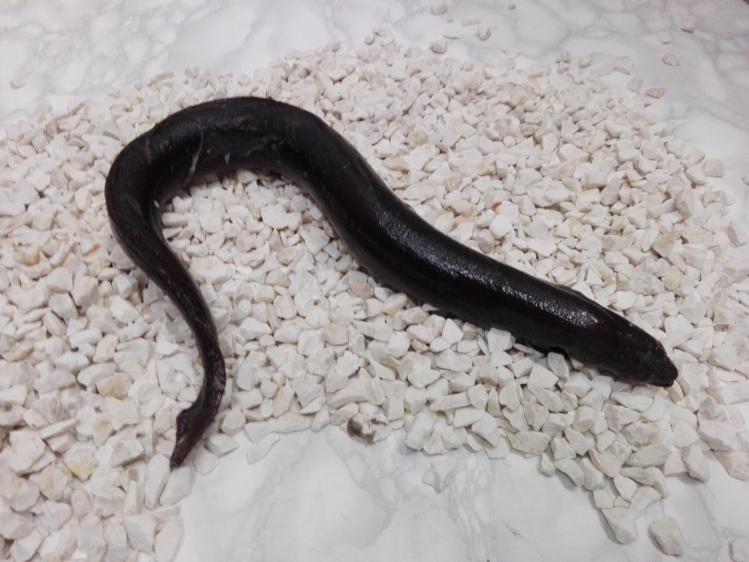European eel 600/1200

SPECIES DESCRIPTION
Much of the European eel’s life history was a mystery for centuries, as fishermen never caught anything they could identify as a young eel. Unlike many other migrating fish, eels begin their life cycle in the ocean and spend most of their lives in fresh water, returning to the ocean to spawn and then die. In the early 1900s, Danish researcher Johannes Schmidt identified the Sargasso Sea as the most likely spawning grounds for European eels. The larvae (leptocephali) drift towards Europe in a 300-day migration. When approaching the European coast, the larvae metamorphose into a transparent larval stage called "glass eel", enter estuaries, and start migrating upstream. After entering fresh water, the glass eels metamorphose into elvers, miniature versions of the adult eels. As the eel grows, it becomes known as a "yellow eel" due to the brownish-yellow color of their sides and belly. After 5–20 years in fresh water, the eels become sexually mature, their eyes grow larger, their flanks become silver, and their bellies white in color. In this stage, the eels are known as "silver eels", and they begin their migration back to the Sargasso Sea to spawn.
